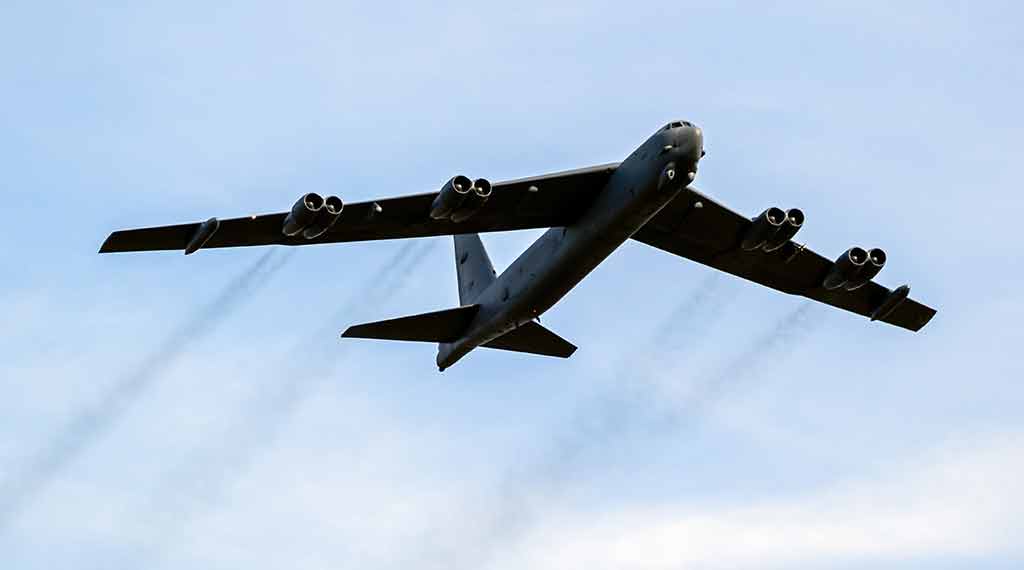
The B-52 Stratofortress, first flown over 70 years ago, will continue to serve the U.S. Air Force into the mid-21st century, possibly surpassing a century of service.
-The latest variant, the B-52J, features significant upgrades including new Rolls Royce F130 engines, improved avionics, digital displays, and the Long Range Standoff weapon.
-Originally introduced in the late 1950s, the B-52 has evolved to meet modern needs, with the B-52H model carrying diverse weaponry and advanced communications technology.
-The B-52J’s enhancements ensure it remains a critical component of U.S. strategic nuclear and conventional forces for decades to come.
- U.S. Carrier Strike Groups Have Struck 800 Targets in Yemen - April 30, 2025
- The U.S. Is Boosting Its Middle East Military Posture - April 22, 2025
- Why America Needs Its Own Iron Dome Air Defense - April 10, 2025
